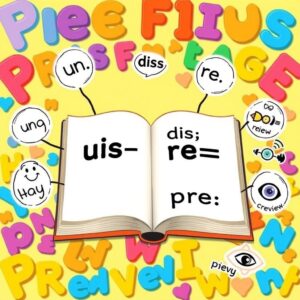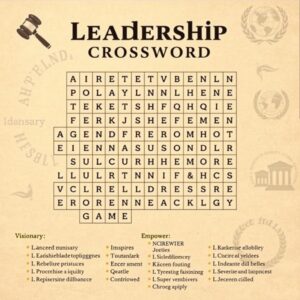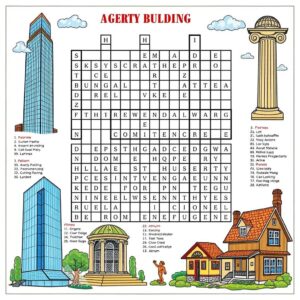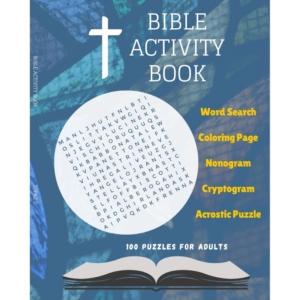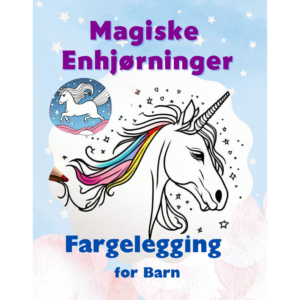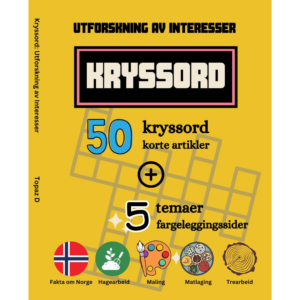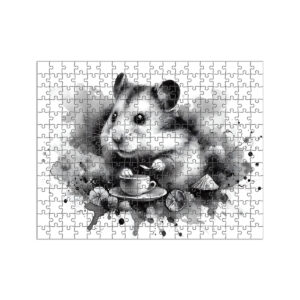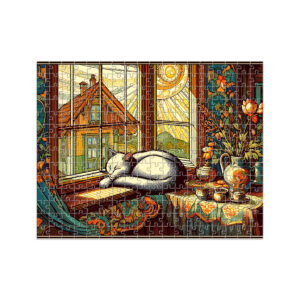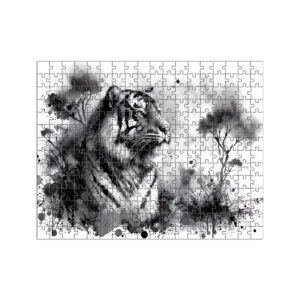
Explore & Play
Discover interesting topics and solve the accompanying crossword puzzle.
Treatment Crossword: Exploring Medicine, Therapy & Rehabilitation
Table of Contents
Treatment Crossword
You can either fill in the crossword puzzle directly on this page or click the button in the bottom right corner to print it for free.
——————————————
Exploring the Role of Treatment Crosswords in Medicine, Therapy, and Rehabilitation
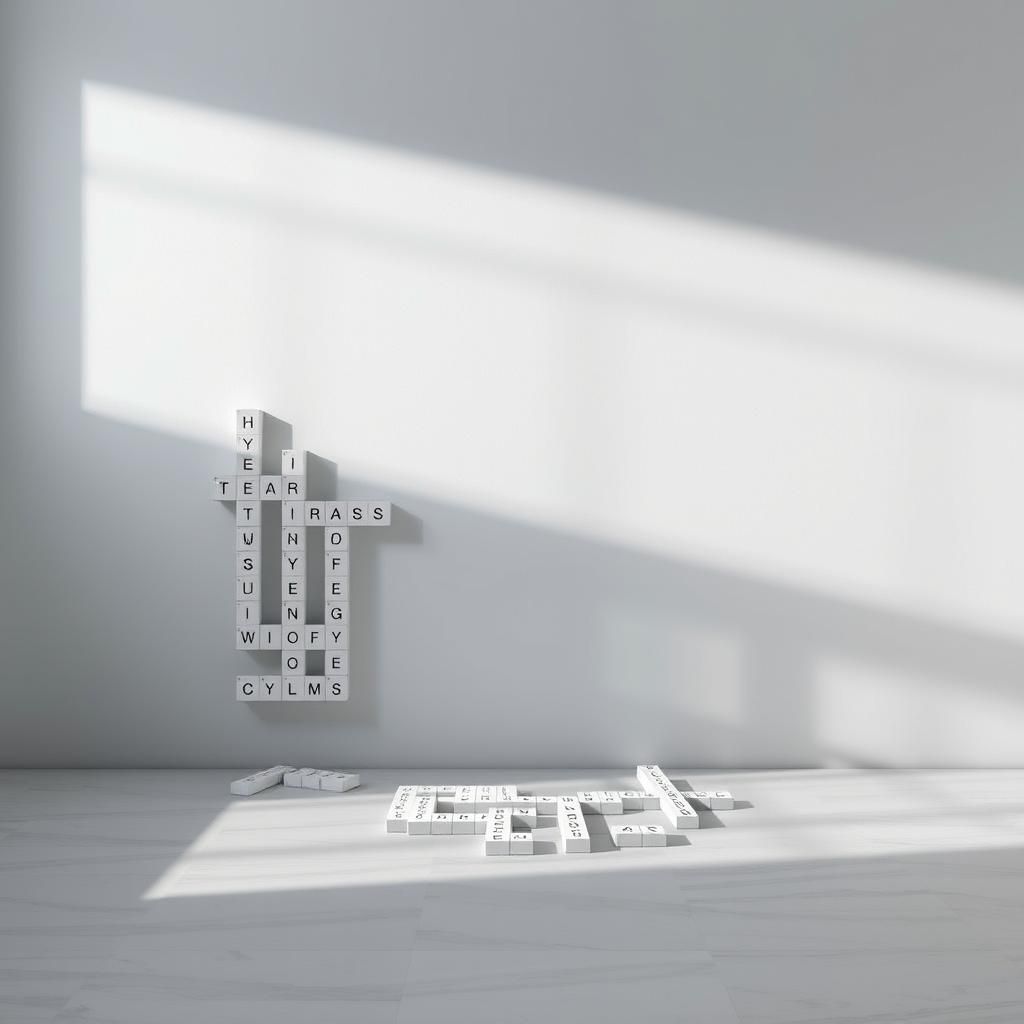
Introduction
Have you ever paused over a crossword puzzle and realized it’s more than just a pastime? Treatment crosswords are quietly weaving their way into medicine, therapy, and rehabilitation, offering a unique space where learning, recovery, and patient engagement meet.
At their core, treatment crosswords are specially designed puzzles that use medical and therapeutic terms to support healing and education. Imagine each clue as a gentle nudge, inviting the mind to connect pieces — whether it’s recalling a term from therapy or reinforcing the steps in rehabilitation. Over time, these puzzles have moved from simple word games to valuable tools in clinical settings and educational spaces alike.
Their popularity isn’t just a trend. With growing understanding of cognitive and emotional support in healing, treatment crosswords have become small anchors of focus and calm. They offer a moment where patients or learners can step into stillness, let their minds engage softly, and rediscover pathways to wellness. This article will explore how these puzzles do more than entertain — how they serve as quiet companions in the journey toward health and learning.
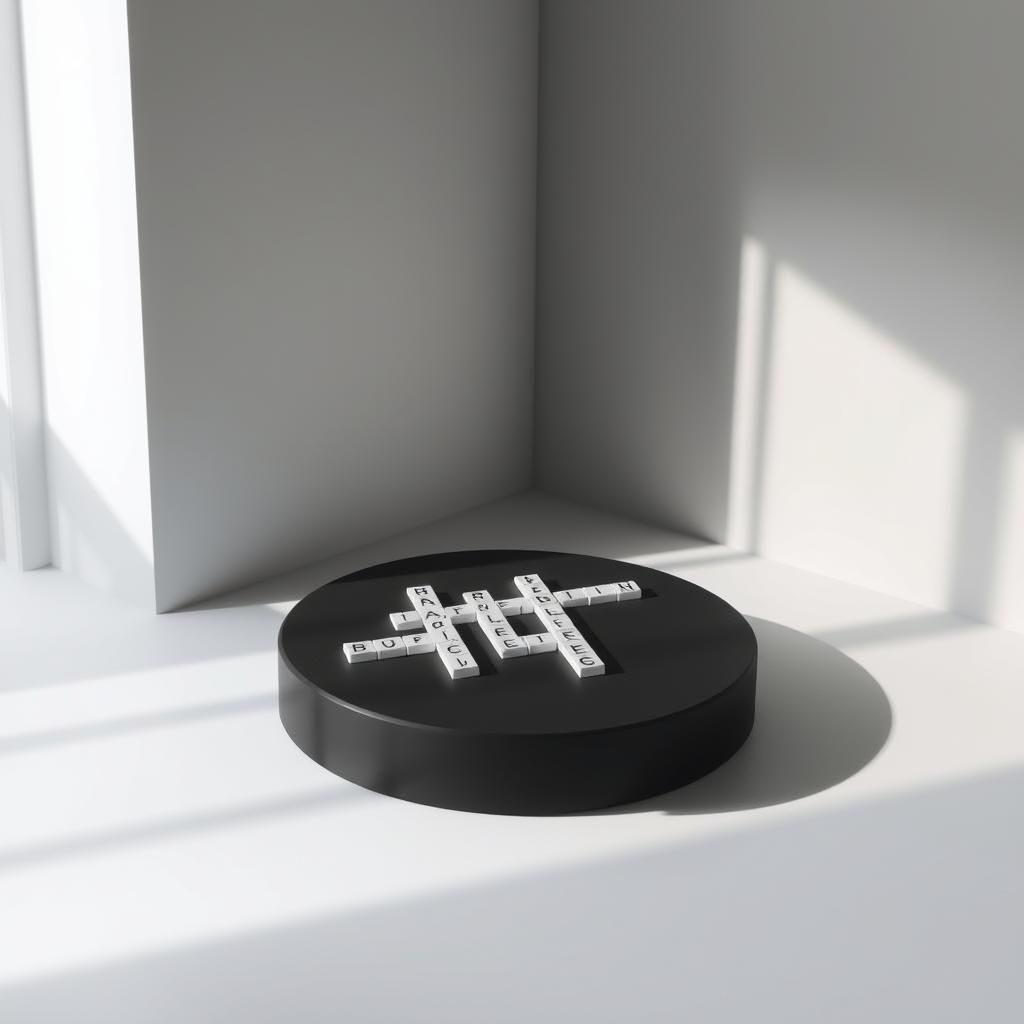
Cognitive Benefits of Treatment Crosswords in Medicine and Therapy
There’s something quietly powerful about piecing together words on a crossword grid — a simple act that does more than pass the time. When it comes to medicine and therapy, treatment crosswords gently nudge the brain to wake up, recall, and connect. They invite mental movement without pressure, like stretching a quiet muscle.
Crosswords have been found to help sharpen memory and cognitive function. While they’re not magic keys to beating memory loss, they do offer a gentle workout that keeps neural pathways lively. Think of it as a daily mental walk, where the brain strolls through familiar streets and discovers new corners. This kind of engagement can be especially meaningful in settings where cognitive health needs support.
In rehabilitation therapy, crosswords step in with a soft but steady presence. During stroke recovery, for example, the act of recalling words, definitions, and concepts encourages the brain to reforge connections. It’s like tracing a well-loved pattern, reinforcing skills while offering a sense of accomplishment. Beyond just brain exercise, these puzzles provide a quiet companion to patients—something to focus on that bridges gaps in memory without overwhelming.
The beauty of treatment crosswords lies in their balance: enough challenge to invite reflection, but gentle enough to foster a calm mindset. They don’t demand, but rather coax the mind toward healing rhythms, supporting recovery in a way that feels both nurturing and approachable. In these quiet moments, the mind finds pathways not only to answers, but to a slower, healing breath.
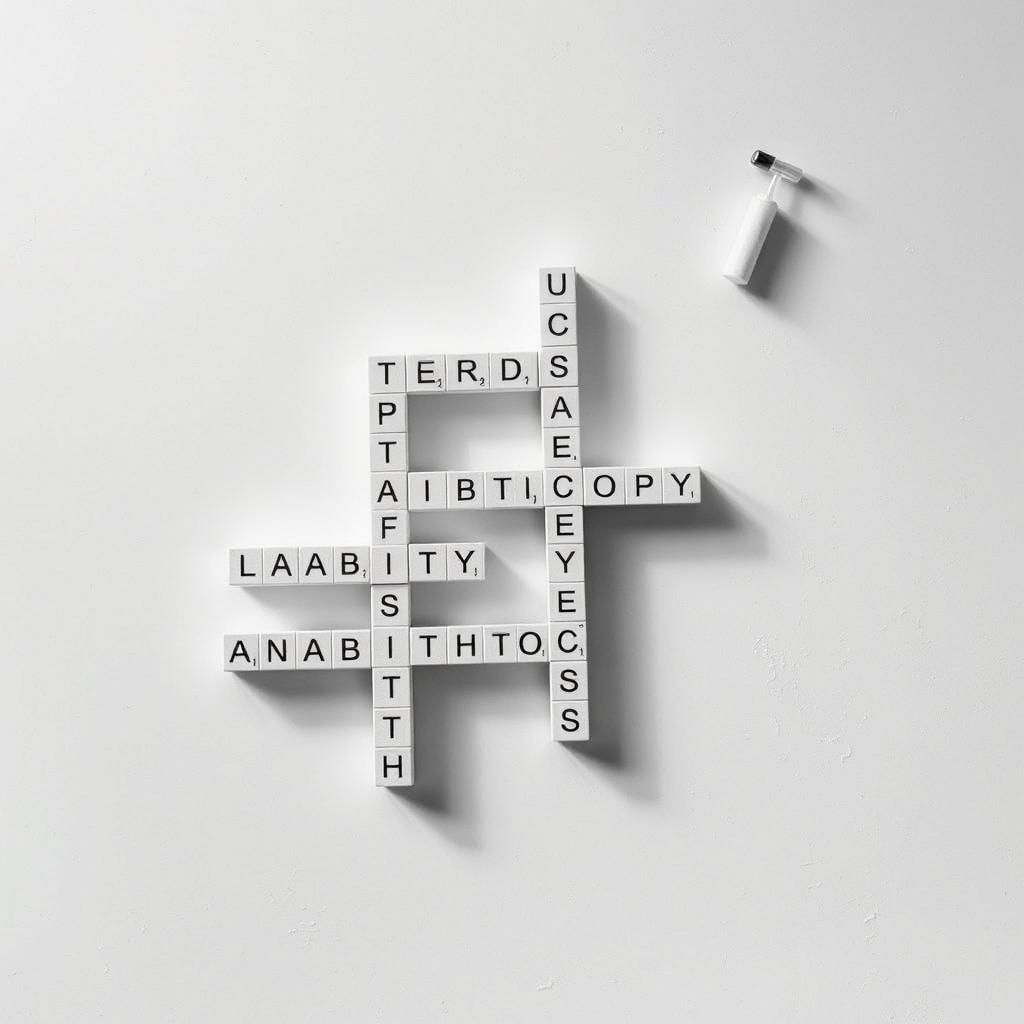
Treatment Crosswords in Medical Education
Crosswords in medical education offer more than just a break from dense textbooks—they become bridges to understanding. Imagine encountering a challenging surgical term not as a foreign jumble of letters but as a clue that encourages reflection and recall. These puzzles turn medical jargon into interactive stepping stones, helping learners gently piece together complex concepts without feeling overwhelmed.
Take surgery and diagnosis, for example. Crosswords can weave in terms like “laparoscopy” or “biopsy,” prompting students to slow down and connect each word with its meaning in a more engaging way. This subtle rhythm of challenge and discovery supports retention, making intricate ideas feel more approachable.
Research in medical training highlights that when learners interact with material actively—like filling in crossword clues—they’re more likely to grasp and remember tricky content. It’s less about rote memorization and more about sparking curiosity and confidence in navigating medical language.
But beyond tricky terms, treatment crosswords can also clear up common misunderstandings. Some puzzles thoughtfully include clues that address myths, like antibiotics curing viral infections—a misconception that spreads quietly but widely. When crosswords correct these false ideas, they do so gently, offering learners a moment to pause, reconsider, and absorb accurate information without feeling corrected.
In this quiet way, treatment crosswords become more than games. They are trusted companions in the learning journey—whispering clarity, supporting patience, and inviting deeper understanding, one thoughtful clue at a time.
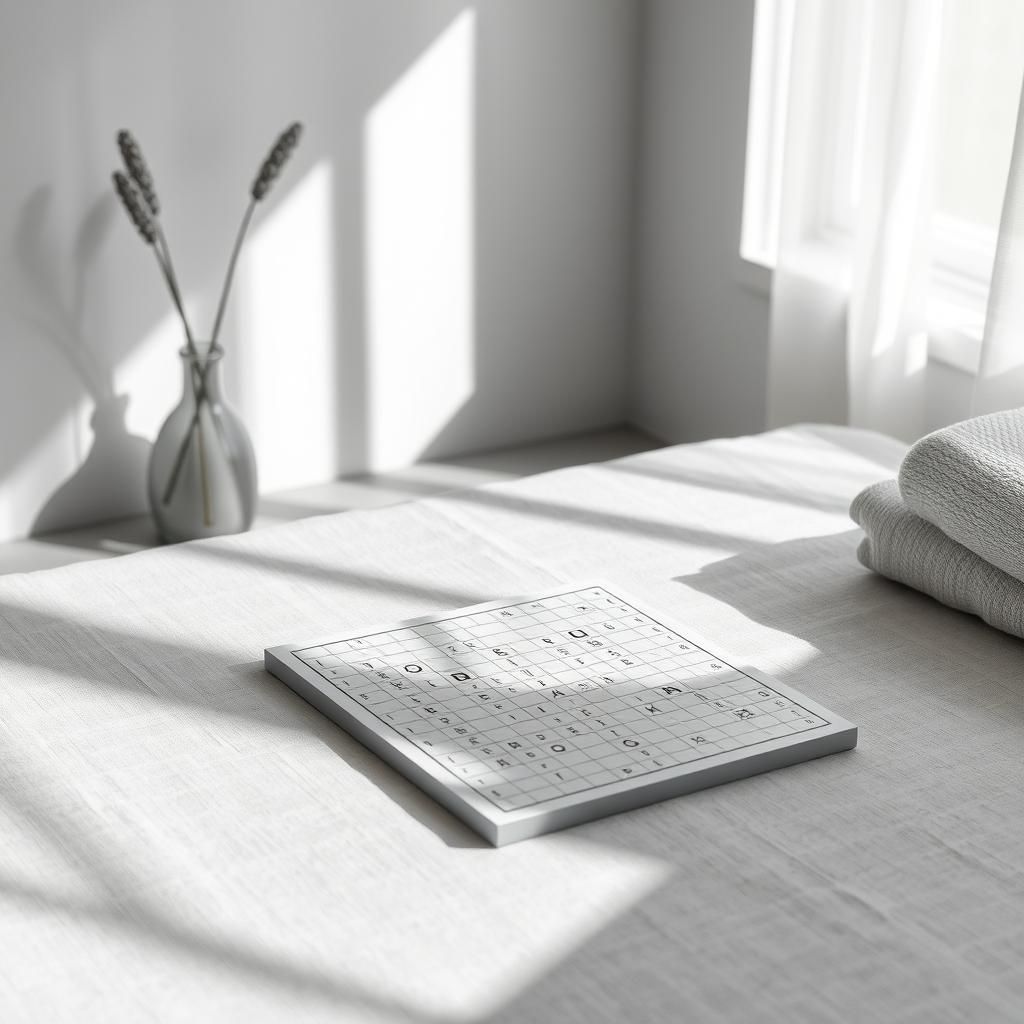
Treatment Crosswords in Rehabilitation and Physical Therapy
When the body needs healing after injury or illness, staying motivated can be as important as the therapy itself. Treatment crosswords gently step in here, turning rehab from a routine into a quiet invitation for engagement. Imagine a puzzle filled with words like “stretching,” “motor skills,” and “balance” — not just random terms, but pieces of the journey back to wellness.
These puzzles spark subtle learning moments, helping patients to connect with their recovery process in a way that feels approachable and calm. They’re more than distractions; they’re small anchors of focus amid the often slow and steady pace of physical and occupational therapy.
Massage therapy, frequently woven into rehab plans, finds its place too. Crossword clues about “massage” or “therapeutic touch” reflect its role in easing muscle tension and encouraging relaxation. This gentle reminder within a puzzle can help patients appreciate the softer side of their treatment — where healing meets care.
In this quiet way, treatment crosswords become companions in rehabilitation, softly supporting both mind and body. They invite patients to pause, reflect, and feel a little more present with each completed word. And sometimes, that little moment of calm is exactly what helps restore the spirit to keep moving forward. 🕊️
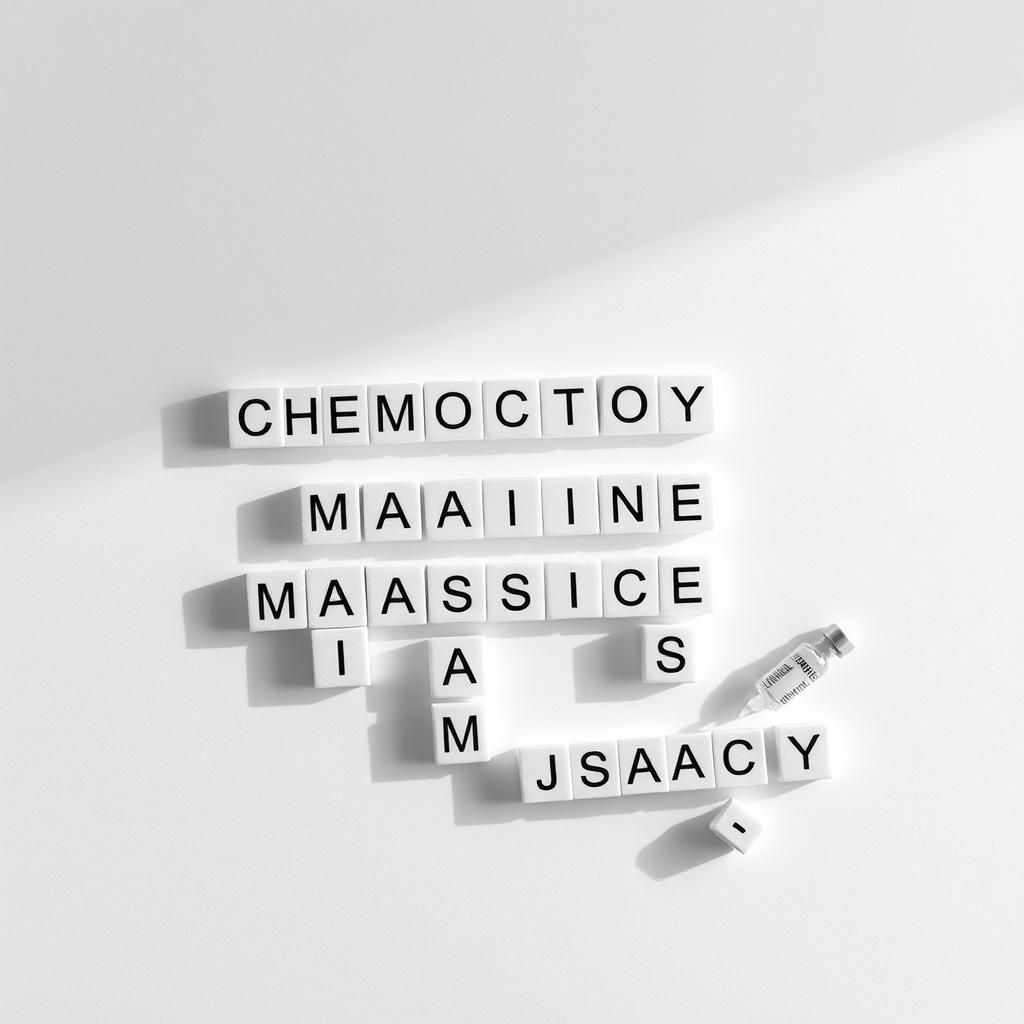
Treatment Crosswords Highlighting Medical Treatments and Supportive Therapies
When we think about medical treatments, words like “chemotherapy,” “vaccine,” or “antibiotics” might feel heavy or complex. Treatment crosswords gently invite these terms into everyday conversation, offering a simple way to engage with topics that can otherwise seem distant or daunting.
Take chemotherapy, for example. In crosswords, it appears not just as a clinical word but as a symbol of resilience in cancer care. These puzzles often link chemotherapy with supportive therapies, like massage, subtly reminding us that healing isn’t just about the medicine—it’s about care that soothes both body and mind. When you see “massage” next to “treatment” in a puzzle, it’s more than a clue; it’s a nod to the calming touch that eases symptoms and nurtures well-being during tough journeys.
Vaccines and antibiotics also find their place here, with puzzles presenting their names in ways that highlight their role—and gently dispel misconceptions. Choosing words carefully helps avoid reinforcing myths, like the false idea that antibiotics cure viral infections. Instead, these puzzles can nudge us toward clearer understanding, piece by piece, one answer at a time.
In this way, treatment crosswords do more than fill in boxes—they open quiet spaces for learning and reflection. They meet us where we are, offering a mindful pause amid challenging health topics, and reminding us that knowledge and healing often grow best through gentle, steady steps.
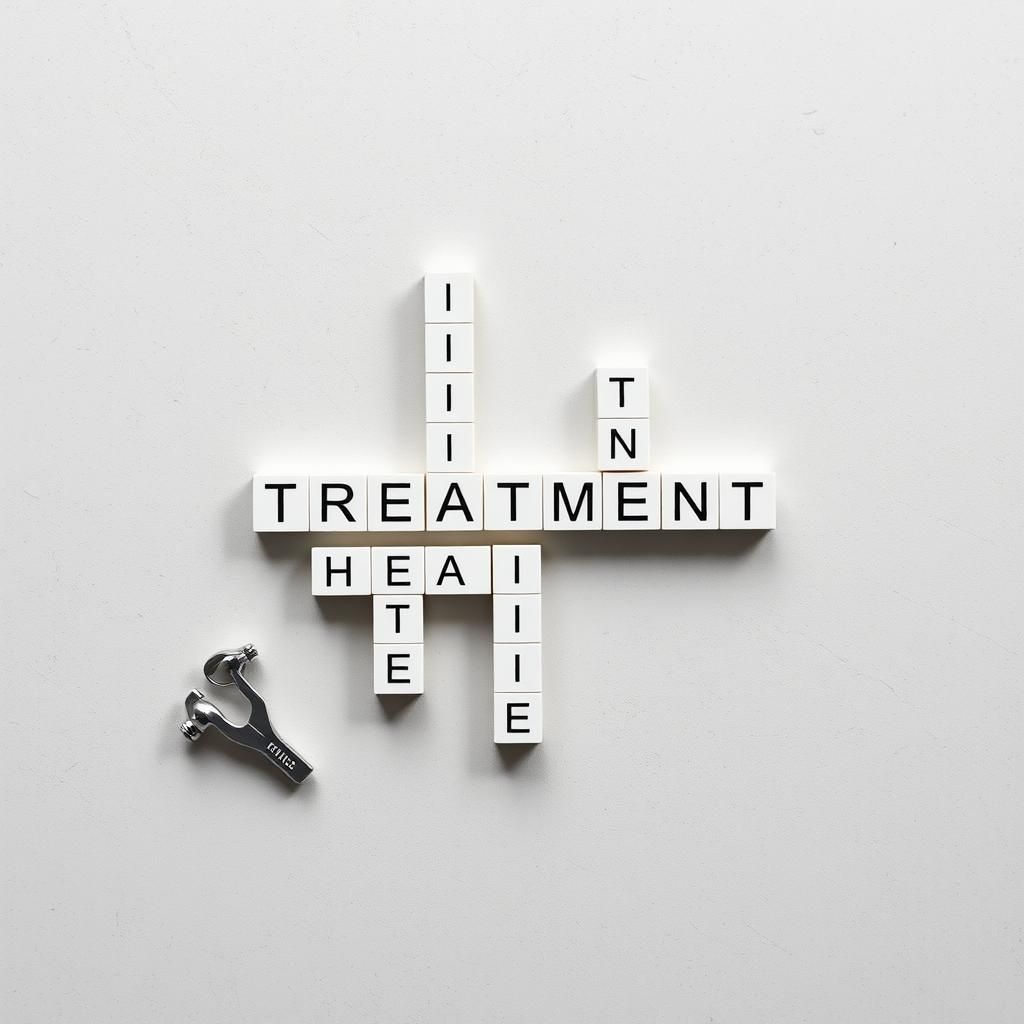
Conclusion
Treatment crosswords quietly complement the work happening in medicine, therapy, and rehabilitation. They serve as gentle nudges—encouraging memory, sparking curiosity, and making complex ideas more approachable. While they don’t stand alone as treatments, their role as educational and engagement tools adds a meaningful layer to healing journeys.
Imagine a patient quietly piecing together terms related to their therapy, or a medical student reinforcing learning through a crossword’s playful challenge. These moments create connection and calm, helping facts settle in without overwhelm. The quiet, steady rhythm of solving clues can bring a breath of clarity in spaces where healing is both science and art.
There is room to deepen this practice—crafting puzzles that truly respect the need for accuracy, inclusivity, and gentle encouragement. As these tools grow, they may gently broaden their reach in clinics, classrooms, and care settings, nourishing minds and spirits alike.
Perhaps next time you encounter a treatment crossword, you’ll see it as more than words on a page; it’s a small invitation to pause, reflect, and quietly engage in your own path toward wellness. 🕊️
Share to...
I hope you enjoy the content.
Want to receive our daily crossword puzzle or article? Subscribe!
You may also be interested in
Share to…
Want to receive our daily crossword puzzle?
-
Jigsaw Puzzles
Whimsical Hamster Jigsaw Puzzle in Watercolor Style 250 | 300 | 500 Brikker
kr 348,00 – kr 439,00Price range: kr 348,00 through kr 439,00 Select options This product has multiple variants. The options may be chosen on the product page -
Jigsaw Puzzles
Cozy Art Nouveau Cat Puzzle 250 | 300 | 500 Pieces
kr 348,00 – kr 439,00Price range: kr 348,00 through kr 439,00 Select options This product has multiple variants. The options may be chosen on the product page -
Jigsaw Puzzles
Zodiac Series Tiger Ink Puzzle – Black and White Art 250 | 300 | 500 Pieces
kr 348,00 – kr 439,00Price range: kr 348,00 through kr 439,00 Select options This product has multiple variants. The options may be chosen on the product page
